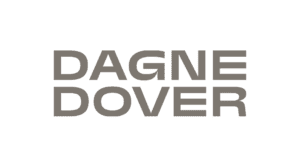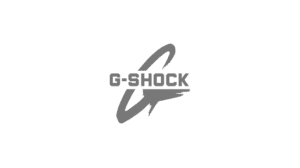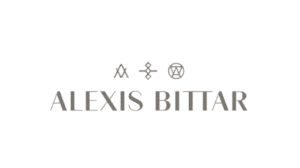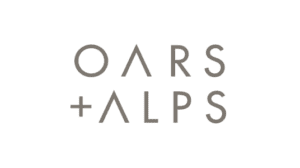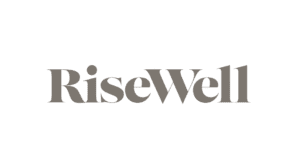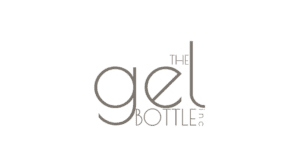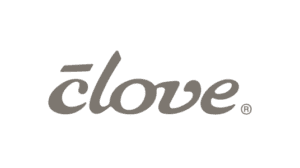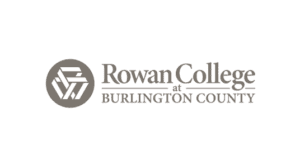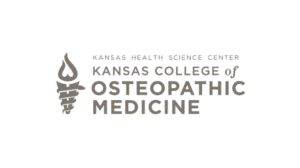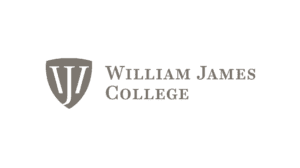[vc_row type=”in_container” full_screen_row_position=”middle” scene_position=”center” text_color=”dark” text_align=”left” overlay_strength=”0.3″ shape_divider_position=”bottom” bg_image_animation=”none”][vc_column column_padding=”no-extra-padding” column_padding_position=”all” background_color_opacity=”1″ background_hover_color_opacity=”1″ column_link_target=”_self” column_shadow=”none” column_border_radius=”none” width=”1/1″ tablet_width_inherit=”default” tablet_text_alignment=”default” phone_text_alignment=”default” column_border_width=”none” column_border_style=”solid” bg_image_animation=”none”][vc_column_text]
As the market continues to change and bring new challenges to advertisers trying to reach new customers, creative becomes a crucial part of the customer journey. During our latest webinar with Facebook, Karly Surman, Facebook Partner Manager, and Shannon Gallaher, Mason Interactive Creative Director, revealed how to unlock new audiences with alternative creative routes.
According to our live webinar poll, 57% of advertisers who attended the webinar rely on in-house resources for their creative assets. If you want to explore new creative routes, you don’t have to reinvent the color wheel completely. Facebook’s proven “Create for Growth” framework helps you rethink your approach to creative through testing and using broader audiences.
Why creative is more critical today than ever before
You have complete control over your creative assets. As Karly explains in the webinar, no one can change or take away your images, videos, or animations. With the new iOS 14.5 impacting targeting and tracking capabilities across social platforms and browsers, you invest in creative enhancements for a more significant impact that does more than just make things look better. Creative can perform to drive conversions.
“56% of a brand’s sales lift from digital advertising can be attributed to high-quality creative.”
Using creative as a tool to drive conversions helps businesses who’ve exhausted their reach to their usual high-intent audiences and need to unlock new opportunities. The typical formula for direct response adverts is product + price + CTA. The goal is to use simple terms and focus on the product itself rather than the customer’s perspective. But, to reach new audiences, we must use a new approach and identify different ways to speak to audiences.

A new creative approach for reaching new audiences
Facebook’s Create for Growth approach includes going outside the traditional direct response formula and delivering a new message that lets the creative find new audiences. Here’s the recipe for this new approach:
Motivation-led creative + broad audiences = growth
Motivation-led creative uses a combination of barriers (customer objections) and motivators (customer values) to create themes for our assets. Karly sets an example of a beverage company. Some customers are not convinced about the flavors the company offers (barrier). Because of this, they’re not sure if it’s worth purchasing drinks from this company. The beverage company creates a new video ad with enhanced copy, and creative that emphasizes their unique and custom flavors (motivator) to solve the problem.

The most important question to ask when generating motivation-themes is “how do I represent the rational, feature, and emotional benefits of my product?” Rational benefits satisfy customer needs, feature benefits highlight the unique elements/capabilities of the product, and emotional benefits appeal to customer values or perspectives.
To mimic this motivation-led approach, use these three steps:
1 – Identify the attributes of your category, product, or service
2 – Connect barriers and motivators to benefits and calls-to-action (CTAs)
3 – Layer on steps 1 and 2 for any direct response advertising
2 – Connect barriers and motivators to benefits and calls-to-action (CTAs)
3 – Layer on steps 1 and 2 for any direct response advertising
Implement these steps into your next creative project to reach new customers and make your creative performance-ready. Facebook case studies show that new audiences convert 89% of the time for brands using this approach.
Testing new creative in a broad environment
Many advertisers prefer going after hyper-targeted, niche audiences to prioritize precision. However, reach is essential when creating for growth. When you test your creative with broad audiences, the total number of people impacted can be much greater, and ultimately more successful. The goal of your campaign is to convert new audiences unlocked by the impact of the creative, copy, and enhancements. You’ll want to sweep the market and figure out what sticks with the most considerable number of consumers. After discovering and acquiring a new audience, you can tailor your message for precision.
Measuring creative performance for growth
The last step to our new approach to creative assets is to measure performance. You can measure creative performance by using split tests, including at least three different versions of your creative and broad audiences. Check performance metrics for each asset, like Cost Per Acquisition (CPA), Cost Per Impressions (CPM), and reach to identify the best performing asset. Then, scale the best one. Repeat this process until you see the results you want.
Working with an agency for creative performance
If you’re looking for help with creative and creative performance, contact us to speak with our team of performance-marketing experts. We’ll help you create new assets, improve existing assets, and implement testing so you can reach new audiences and grow your brand.
[/vc_column_text][/vc_column][/vc_row] 







